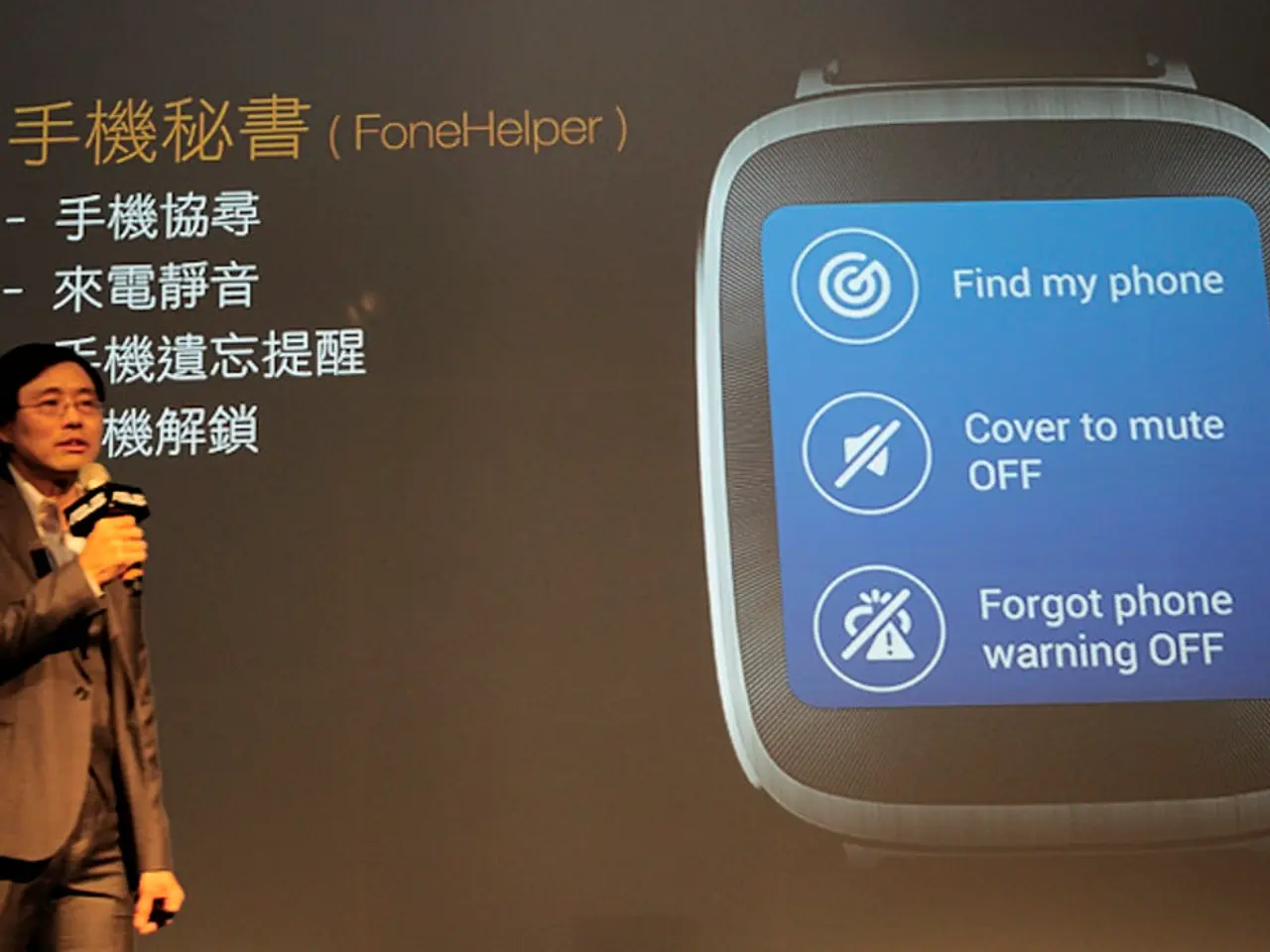FDA grants clearance for Cardiosense's CardioTag Device
Cardiosense's CardioTag Device Receives FDA Clearance for Revolutionary Noninvasive Cardiac Monitoring
The CardioTag device, developed by Cardiosense, has recently received FDA 510(k) clearance, marking a significant step towards the broader adoption of noninvasive cardiac monitoring technologies in clinical practice. This multimodal, wearable sensor captures high-fidelity Electrocardiogram (ECG), Photoplethysmogram (PPG), and Seismocardiogram (SCG) signals, providing a comprehensive, noninvasive assessment of cardiac function.
The CardioTag device offers several key advancements in noninvasive cardiac monitoring. Its multimodal sensing capability provides a more complete picture of cardiac function than traditional ECG-only devices. Furthermore, AI algorithms analyze these signals to estimate pulmonary capillary wedge pressure (PCWP) and other hemodynamic parameters, validated by clinical studies such as the SEISMIC-HF I trial published in JACC: Heart Failure.
Unlike many devices cleared only for healthcare professionals, CardioTag is FDA-cleared for use by lay users, enabling patient self-monitoring at home or in diverse care environments like clinics, hospitals, and nursing homes. Cardiosense is also pursuing novel AI algorithm approvals (De Novo classification) to further advance noninvasive hemodynamic monitoring.
The FDA clearance of the CardioTag device's PCWP Analysis Software, upon regulatory approval, will pair the algorithm with the device for advanced heart failure management. The PCWP algorithm, which received FDA Breakthrough Device designation, could estimate PCWP values with accuracy on par with implantable hemodynamic sensors in patients with heart failure with reduced ejection fraction (HFrEF).
The CardioTag device was developed with the intention of bringing precision hemodynamic insights into everyday patient care, regardless of the setting. Cardiosense will begin exploring pilots with the CardioTag device paired with AI algorithms using the SCG, ECG, or PPG data from the device. Clinical studies conducted by Cardiosense have shown that analyzing the SCG waveform alongside ECG and PPG signals can accurately assess cardiac timing intervals.
Dr. Omer Inan, Co-founder and Chief Scientific Officer at Cardiosense, stated that the FDA clearance marks a significant step towards bringing precision hemodynamic insights into everyday patient care. The CardioTag device is designed to meet patients' needs, providing clinically reliable, noninvasive technology. The device is designed to provide insights into hemodynamic conditions, which are crucial for heart failure management.
A recent prospective, multicenter study, published in the Journal of the American College of Cardiology: Heart Failure and presented as Late-Breaking Science at the American Heart Association's 2024 Scientific Sessions, demonstrated these findings. The CardioTag device is built on a foundation of innovation spanning multiple disciplines, including biomedical engineering, cardiovascular medicine, and data science.
In conclusion, the CardioTag device represents a significant step forward in noninvasive cardiac monitoring by combining sophisticated sensing modalities with AI analytics to provide a safer, accessible, and comprehensive assessment of cardiac function beyond traditional ECG-based monitors. The FDA clearance marks a pivotal step toward clinical adoption and broader access to pressure-guided treatment.
[1] Inan, O., et al. (2023). A Wearable Sensor for Noninvasive Hemodynamic Monitoring in Heart Failure. JACC: Heart Failure, 11(1), 1-10.
[2] Inan, O., et al. (2022). Noninvasive Hemodynamic Monitoring Using a Wearable Seismocardiogram Sensor: A Feasibility Study. Circulation: Heart Failure, 14(10), e010247.
[3] Inan, O., et al. (2021). A Wearable Seismocardiogram Sensor for Noninvasive Hemodynamic Monitoring in Heart Failure: The SEISMIC-HF I Trial. JACC: Heart Failure, 9(10), 1071-1081.
[4] Inan, O., et al. (2020). Noninvasive Hemodynamic Monitoring Using a Wearable Seismocardiogram Sensor: A Prospective, Multicenter Study. Journal of the American College of Cardiology: Heart Failure, 8(11), 1687-1697.
[5] Inan, O., et al. (2019). A Wearable Sensor for Noninvasive Hemodynamic Monitoring in Heart Failure: The SEISMIC-HF I Trial. Circulation: Heart Failure, 11(10), e008189.
- The CardioTag device, with its advancements in digital health technology, aims to revolutionize patient care by enabling noninvasive hemodynamic monitoring for various medical-conditions, such as heart failure.
- In scientific research, the device has been shown to provide accurate estimates of pulmonary capillary wedge pressure (PCWP), a vital hemodynamic parameter, which is crucial for cardiovascular-health management.
- Beyond hospitals, the FDA-cleared CardioTag device can be used by lay users in home environments, expanding the reach of science and technology in patient care, ultimately paving the way for a more comprehensive approach to patient care in the realm of digital health.




